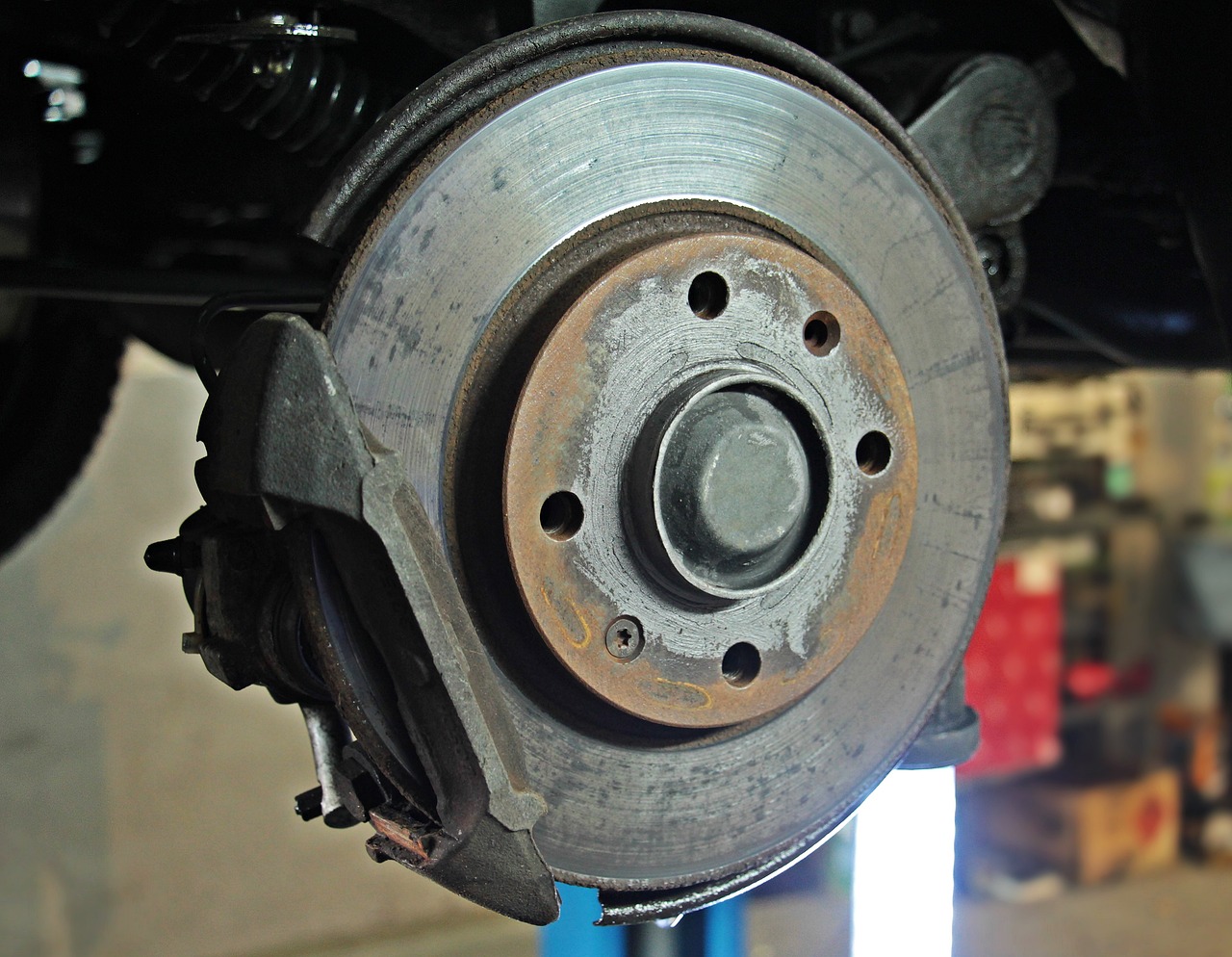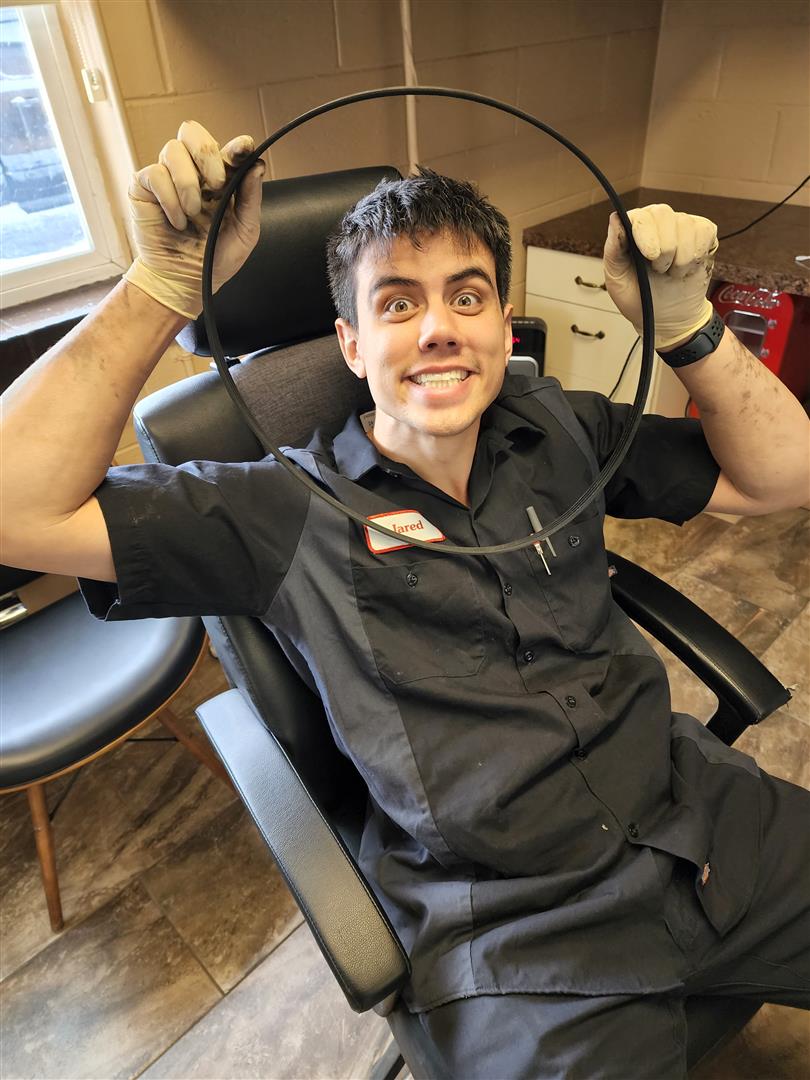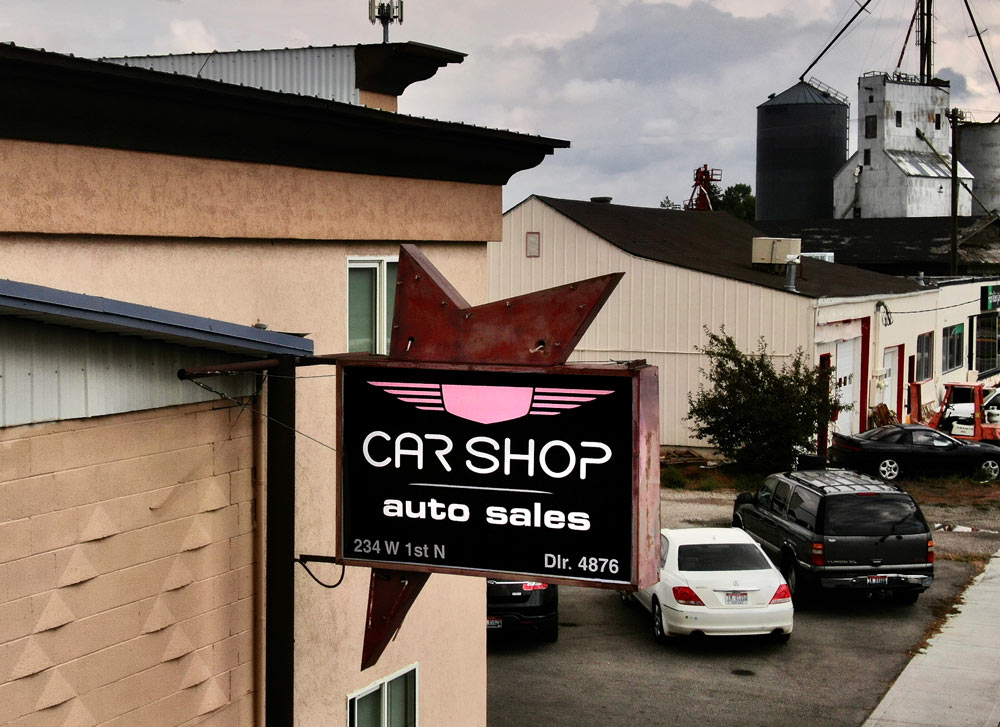Car Noises
Grinding
Squeaking and Squealing
Banging and clicking
Grinding
Causes
A few causes of a grinding sound could be issues with your transmission, power steering, break pads, CV joints, alternator, etc…
diagnostics
– The first step to diagnosing the issue is to turn on the car and locate the alternator, water pump, and power steering pump under the hood. Once you have identified the parts, listen to each one.
– After you have done this, you will want to drive the vehicle and test the brakes. If you tap the brakes lightly and hear a grinding noise, and it gets worse as you brake harder, you probably have worn out break pads.
– Another diagnostic test you can do is to drive your car and make a right and left turn. If the grinding noise is worse when making a turn in one direction, and better the other, it could likely be a wheel bearing.
– You should also drive the vehicle and listen carefully as you change gears. If there is a grinding noise while changing gears, the clutch could be getting worn out.
– You can check for a grinding noise while driving at low speeds. If there is a grinding sound at low speeds, it could be your CV joints, wheel bearings, alternator, or brake pads.
If you have run all of these diagnostic tests and have yet to find the problem, please bring it in and our experienced automotive technicians will be able to assist in finding the problem.
next steps
After diagnosing the issue, examine the part that is causing the grinding sound. Make note of any visible issues with the part. Based on this examination, determine whether the part needs to be replaced, or if it can be rebuilt.
Once this determination is made, you can go about fixing or replacing the part. You can either do this yourself or bring your car into a shop to get this done. We strongly recommend anyone with limited experience working on cars to get these types of repairs done by a professional.
resources
There are many resources available to those who are trying to diagnose an issue, or replace a part on their car. Youtube has many videos showing how to both diagnose, and replace many different car parts, however many videos can be misleading on the amount of time and effort a repair can take. Be cautious of any misinformation on the internet. There are also many blog pages that go over how to diagnose the cause of a sound, or an issue, and how to fix a part. You can click the button below to navigate to our blog page that has a few tips and tricks for car maintencance.
Squeaking and Squealing
Causes
A few causes of a squeaking or squealing sound can be from the serpentine belt, brake pads, power steering system, or suspension.
diagnostics
– The first step to diagnosing the issue is to turn on the car and open the hood. From here, see if you can hear the squeaking sound and locate what part is causing it.
– Next, you can turn your steering wheel all the way to the right, then all the way to the left. If you hear a squealing noise, it is likely your power stearning system causing the noise.
– Next, you can test out your suspension by driving over a speed bump. If you hear a squeaking sound while doing this, it can likely be caused by your suspension.
– You can test if it is your brake pads causing the issue by lightly pressing the brakes. If you hear a squeaking sound, and it get worse as you press harder, the noise is likely caused by your brake pads.
If you have run all of these diagnostic tests and have yet to find the problem, please bring it in and our experienced automotive technicians will be able to assist in finding the problem
Next Steps
After diagnosing the issue, examine the part that is causing the grinding sound. Make note of any visible issues with the part. Based on this examination, determine whether the part needs to be replaced, or if it can be rebuilt.
Once this determination is made, you can go about fixing or replacing the part. You can either do this yourself or bring your car into a shop to get this done. We strongly recommend anyone with limited experience working on cars to get these types of repairs done by a professional.
resources
There are many resources available to those who are trying to diagnose an issue, or replace a part on their car. Youtube has many videos showing how to both diagnose, and replace many different car parts, however many videos can be misleading on the amount of time and effort a repair can take. Be cautious of any misinformation on the internet. There are also many blog pages that go over how to diagnose the cause of a sound, or an issue, and how to fix a part. You can click the button below to navigate to our blog page that has a few tips and tricks for car maintencance.
Banging and Clicking
Causes
The most common causes of banging or clicking noise in a car are the CV joints, loose wheel nuts, bad struts, loose drive belts, or low engine oil.
diagnosis
– The first step to diagnose the cause of the sound is to turn the car on and open the hood. From hear, see if you can pinpoint the sound, and where it is coming from.
– To check your engine oil, locate the dipstick near the engine, it is usually yellow or orange. Once located, pull out the stick and wipe it off. Re insert the dip stick and pull it back out. Look where the oil reaches in contrast to the marks on the dipstick. If there is no oil, or if it is lower than top mark, top off the oil until it reaches the top mark of the dipstick.
– You can determine if it is the CV joint causing the problem if you turn your steering wheel all the way to the right or the left and you drive in reverse. If the clicking noise gets louder, it is likely the CV joint.
– A knocking or thumping noise when driving over a bump can indicate bad struts.
– A drive belt can cause a clicking sound if it has frayed and is hitting another mechanical component.
next steps
After diagnosing the issue, examine the part that is causing the grinding sound. Make note of any visible issues with the part. Based on this examination, determine whether the part needs to be replaced, or if it can be rebuilt.
Once this determination is made, you can go about fixing or replacing the part. You can either do this yourself or bring your car into a shop to get this done. We strongly recommend anyone with limited experience working on cars to get these types of repairs done by a professional.
resources
There are many resources available to those who are trying to diagnose an issue, or replace a part on their car. Youtube has many videos showing how to both diagnose, and replace many different car parts, however many videos can be misleading on the amount of time and effort a repair can take. Be cautious of any misinformation on the internet. There are also many blog pages that go over how to diagnose the cause of a sound, or an issue, and how to fix a part. You can click the button below to navigate to our blog page that has a few tips and tricks for car maintencance.
Why Choose US
Satisfaction Guarantee
Our customers trust us and we work hard for that trust. If a job can be put off until later or is not needed, we will tell you.
Warranty
We are so confident in our workmanship that we warranty our labor and parts with a National Warranty.
Experienced mechanics
Our job is to find the problems, give you the information, and use our experience to help you make an informed decision that is best for your situation.
Call Us: (208) 356-6767



